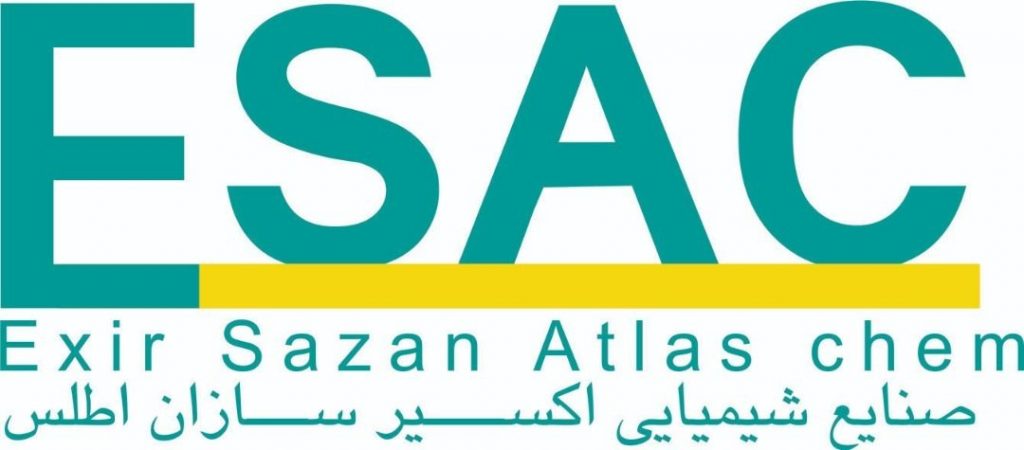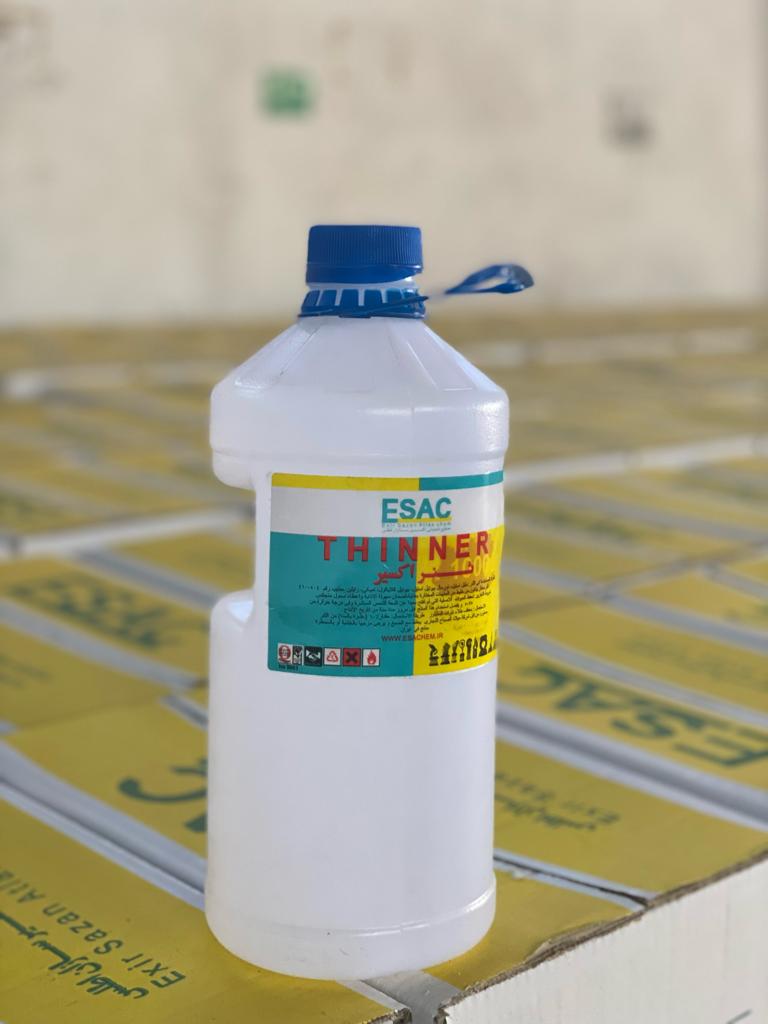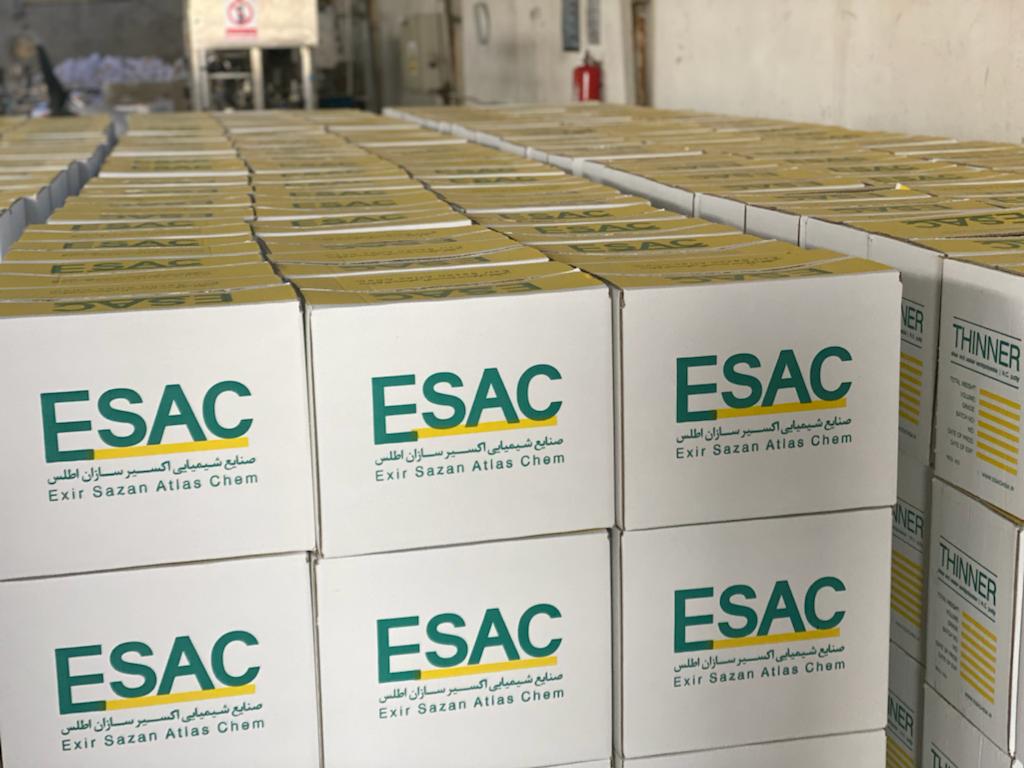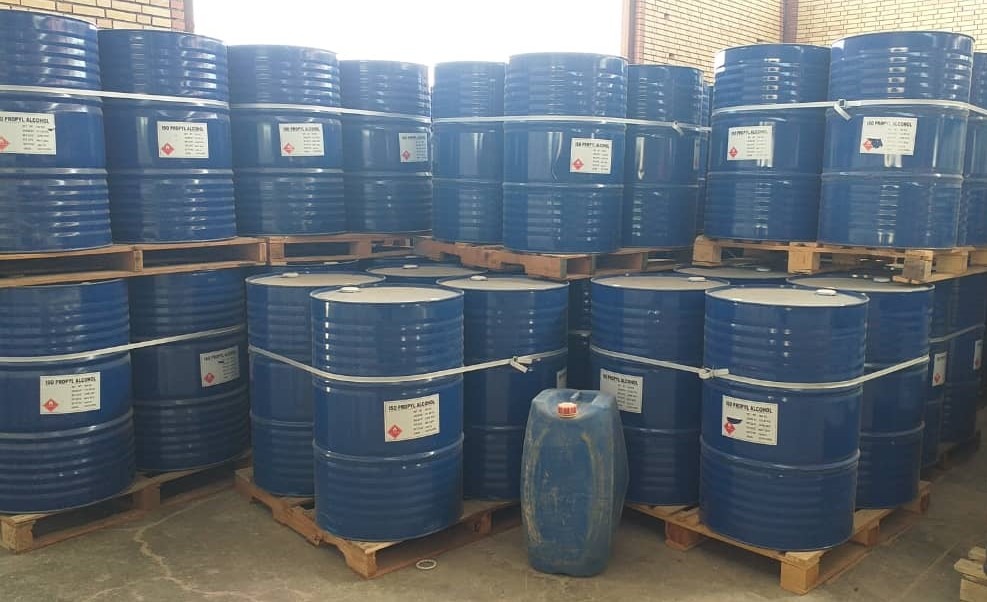Methanol
1. History and Origins
The use of methanol dates back to ancient civilizations, including the Egyptians. However, the compound was first isolated in its pure form in 1661 by Robert Boyle, who distilled it from wood. Its elemental composition was identified in 1834 by French chemists Eugène Peligot and Jean-Baptiste Dumas. Originally named “methyl,” the term was officially changed to “methanol” at the International Conference on Chemical Nomenclature in 1892.
A pivotal advancement came in 1926 when German chemists Matthias Pier and Alwin Mittasch developed a process to synthesize methanol from coal-derived syngas. While this was the primary method for decades, modern production has shifted to using synthesis gas generated from natural gas via steam methane reforming.
Methanol also occurs naturally. In the Earth’s atmosphere, it is photochemically oxidized by sunlight to carbon dioxide and water. It is also a significant compound in the interstellar medium; for instance, in 2006, astronomers using the MERLIN array discovered a vast methanol cloud 300 billion miles away. Traces of methanol vapor are also found in volcanic emissions and smoke from organic decomposition.
2. Product Introduction
Methanol is a cornerstone of the global chemical industry, serving not only as a fundamental chemical building block but also as a key feedstock for a vast array of chemical and petrochemical products. It is rightly considered one of the world’s three most important chemical commodities.
A key feature of methanol, particularly in the context of sustainable development and environmental conservation, is its potential for production from renewable biomass or captured carbon dioxide.
Also known as methyl alcohol, carbinol, or wood alcohol, methanol is a colorless, volatile liquid with a mild, characteristic odor. When derived from biomass, it is termed bio-methanol, a renewable fuel that can substitute for petroleum-based products.
3. Key Applications
Given future energy constraints, methanol has garnered significant attention as a clean fuel and as a hydrogen carrier for fuel cells. Its primary uses include:
-
Fuel Production: As a component of vehicle fuel or a fuel in its own right.
-
Chemical Feedstock: The primary component in manufacturing plastics, synthetic fabrics, and fibers.
-
Solvent: A high-grade solvent for various industrial processes.
-
Energy: Use in power generation and as a potential fuel for fuel cells.
-
Specialized Applications: Water treatment, antifreeze, laminate production, and resin formulation.
Its potential as a widespread, clean alternative fuel represents a transformative opportunity for environmental health and energy security.
4. Production Methods
The primary route for methanol production is via synthesis gas (syngas), a mixture of carbon monoxide and hydrogen. The most common method for syngas production is Steam Methane Reforming (SMR), where methane from natural gas reacts with steam over a nickel catalyst. While syngas can be produced from diverse feedstocks like coal or naphtha, natural gas is the predominant source today.
The syngas is then pressurized and passed over a copper-zinc catalyst, where it converts into methanol and water vapor. Modern plants often recycle byproduct hydrogen and utilize carbon dioxide to maximize methanol yield. The crude methanol is finally purified through a series of distillation columns to achieve the required commercial grade.
5. Safety and Environmental Considerations
Handling methanol requires strict adherence to safety protocols due to its high toxicity. It can be readily absorbed through the skin, eyes, and respiratory and digestive tracts. Overexposure can lead to severe health consequences, including permanent visual impairment and death. The risk is dependent on the dose, duration, and nature of exposure, making the use of appropriate personal protective equipment (PPE) and engineering controls imperative.
6. Market Position (Iran-Specific)
Iran is a significant global producer, accounting for approximately 7% of the world’s methanol supply. Demand in Asia has seen consistent growth since 2009. Companies like Atlas Exirsazan leverage their full capacity to meet domestic demand and, by adhering to the stringent standards of neighboring countries, play a major role in supplying the regional export market.





